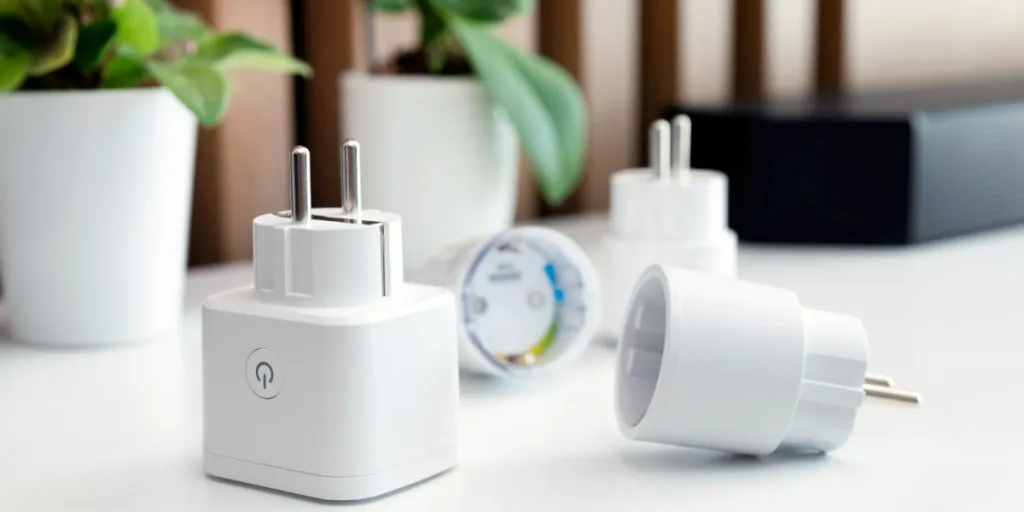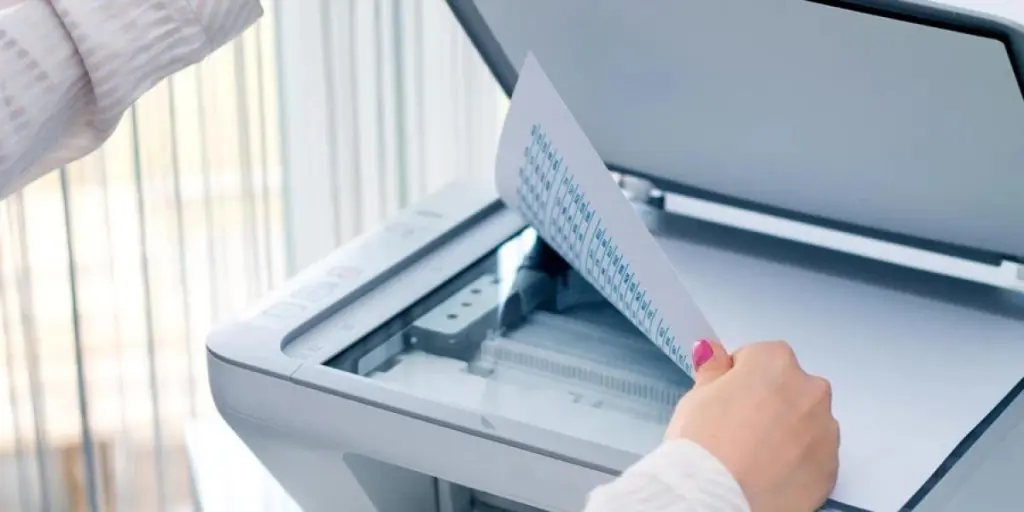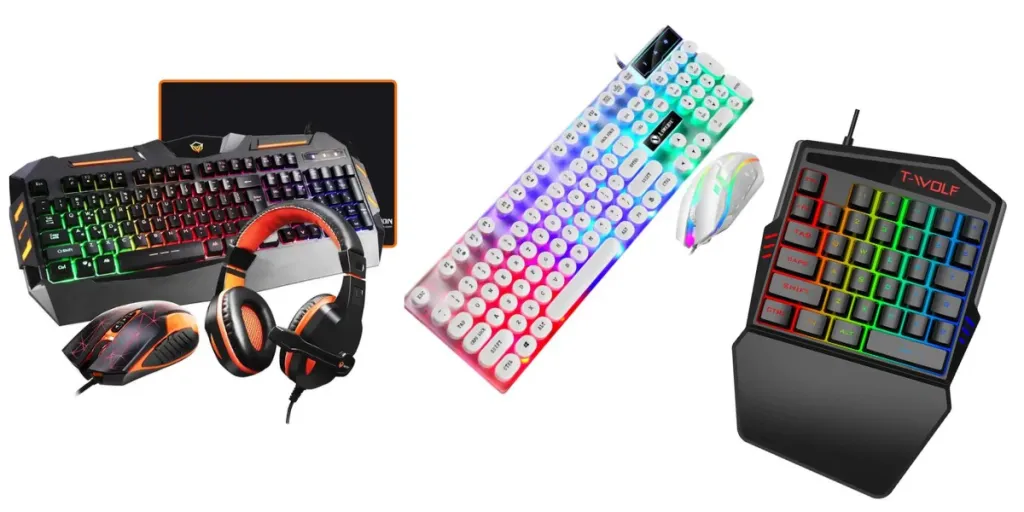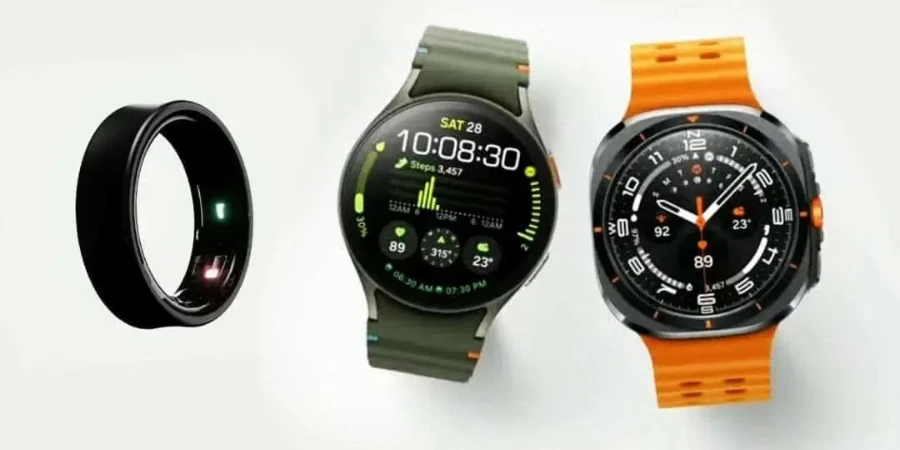In the rapidly evolving landscape of smart home technology, smart plugs have emerged as a pivotal component, transforming ordinary appliances into intelligent devices. As we navigate 2023, these compact tools have become indispensable, offering users enhanced control, energy efficiency, and seamless integration with broader smart ecosystems. For online retailers, understanding the capabilities and benefits of these devices is crucial to cater to a market that increasingly values convenience and smart automation.
Table of Contents
Understanding the smart plug revolution
Key features to look for in 2023’s smart plugs
Global market dynamics and consumer preferences
Conclusion
Understanding the smart plug revolution
What is a Smart Plug?

A smart plug is a device that allows users to turn traditional appliances into smart devices, controllable via smartphones or voice commands. These plugs fit into regular electrical outlets and connect to home Wi-Fi networks, enabling users to control connected devices remotely. The real game-changer, however, is their integration with broader smart home systems. With the advent of “Matter,” a common language for smart home devices, the landscape has shifted dramatically. Matter promises seamless integration across platforms and ecosystems, eliminating the need to check compatibility with systems like HomeKit, Google Home, or Alexa. This means a smart plug can be controlled using Siri, Alexa, Google Assistant, and even Bixby, making it a versatile addition to multiplatform homes.
The rise of smart plugs in modern homes
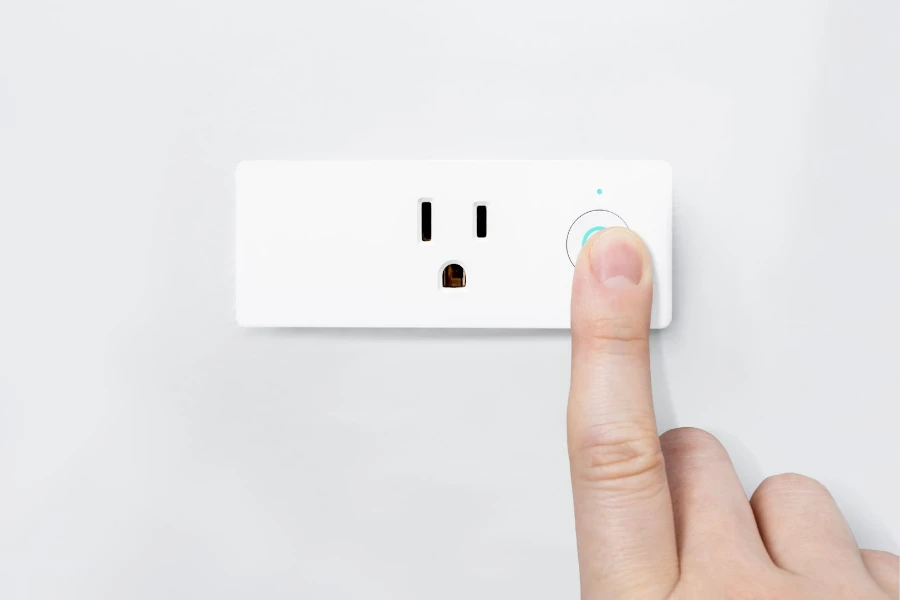
Historically, the concept of a smart home was a distant dream, but with technological advancements, it’s now a reality in many households. Smart plugs have played a pivotal role in this transformation. Their growth trajectory can be attributed to their simplicity and the convenience they offer. As homes become more connected, the demand for devices that can seamlessly integrate has surged. Matter’s introduction, supported by giants like Apple, Google, and Amazon, and manufacturers such as Samsung and LG, has further fueled this demand. This interoperability standard ensures that smart home devices don’t need individual certifications for each platform, simplifying the user experience. The Matter standard’s integration into major smart home platforms signifies that the era of isolated smart devices is ending, paving the way for a unified smart home experience.
The matter was officially launched in the fall of 2022, and while many platforms now support it, Matter devices are still emerging. The expectation is that by spring 2023, a plethora of new products compatible with Matter will flood the market. This growth is not just a testament to technological advancements but also to the changing preferences of modern homeowners who prioritize convenience and integration.
Key features to look for in 2023’s smart plugs
The smart plug industry has seen significant advancements, and 2023 is no exception. For online retailers aiming to stock the best products, understanding the key features that consumers demand is crucial. Here’s a deep dive into the essential features to consider:
Device compatibility and integration
Compatibility with major smart assistants:
In today’s interconnected world, a smart plug’s ability to seamlessly integrate with major smart assistants like Alexa, Google Assistant, and Siri is paramount. Such compatibility ensures that users can control their devices effortlessly, enhancing the overall user experience. According to Digital Trends, products like the Amazon Smart Plug and the Wemo Smart Plug with Thread are notable for their compatibility with popular voice assistants.
Role of apps and remote controls:
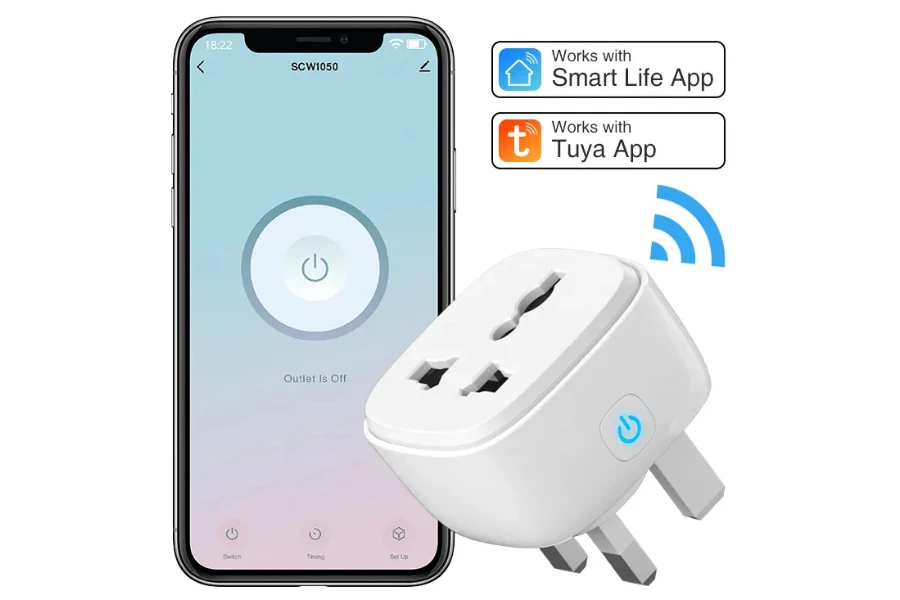
Beyond voice assistants, the role of dedicated apps and remote controls cannot be understated. These tools offer users the flexibility to control their devices from anywhere, set schedules, and even monitor energy usage. For instance, the TP-Link Kasa Smart Wi-Fi Plug Mini allows users to create schedules for their devices through its dedicated app.
Energy efficiency and cost savings
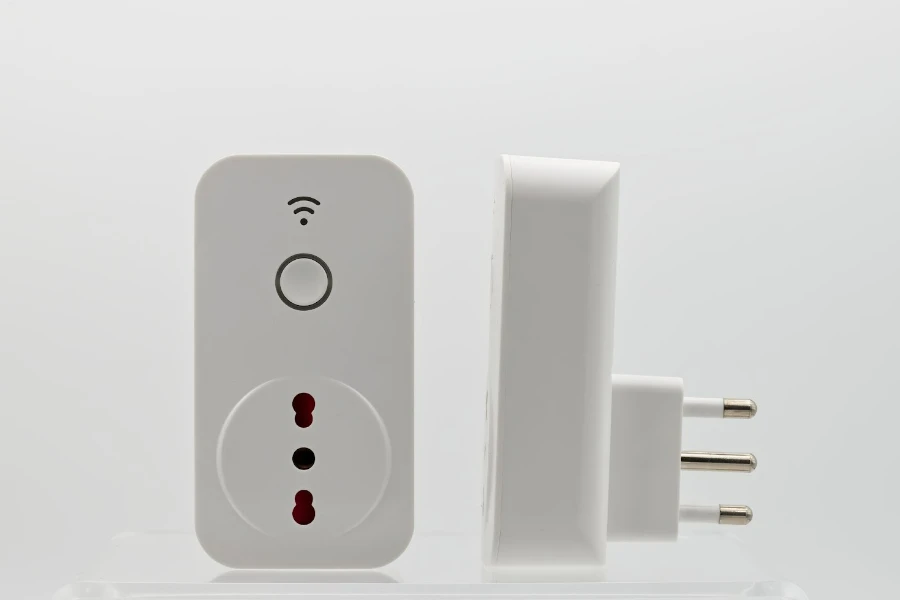
Contribution to reduced electricity bills:
One of the primary benefits of smart plugs is their potential to save on electricity bills. By monitoring power consumption and allowing users to turn off devices remotely, these plugs can significantly reduce energy wastage. Digital Trends highlights that smart plugs can identify high-energy-consuming appliances, helping users make informed decisions about potential upgrades.
Features like energy tracking and eco-friendly modes:
Advanced smart plugs come equipped with features like energy tracking, which provides insights into an appliance’s power consumption. Some plugs even offer eco-friendly modes, ensuring that devices consume minimal energy.
Safety and security features
Automatic shut-off and power surge protection:
Safety is a top concern for many users. Features like automatic shut-off ensure that devices are not left running unnecessarily, preventing potential hazards. Moreover, power surge protection in smart plugs can protect expensive appliances from electrical damage.
Enhancing home security:
Smart plugs can play a pivotal role in home security. Features like Vacation Mode, as seen in the Wyze Smart Plug, can simulate human presence by randomly turning lights on and off, deterring potential intruders.
Pricing and value proposition
Price ranges:
For online retailers, understanding the price range of smart plugs is essential. While some plugs, like the TP-Link Kasa Smart Wi-Fi Plug Mini, offer affordability, others might come at a premium due to advanced features.
Balancing cost with feature offerings:
The key for retailers is to strike a balance between cost and features. While some consumers might prioritize affordability, others will be willing to pay a premium for advanced features and better compatibility. For instance, the Lutron Caseta Plug-In Lamp Dimmer Switch, while slightly bulkier, offers features like adjusting to seasonal changes, making it a valuable addition to many homes.
In conclusion, as the smart plug industry continues to evolve, understanding these key features will be crucial for online retailers aiming to offer the best products to their consumers. By staying updated on these trends and prioritizing consumer needs, retailers can ensure they remain at the forefront of this dynamic industry.
Global market dynamics and consumer preferences
Regional Variations in Smart Plug Demand
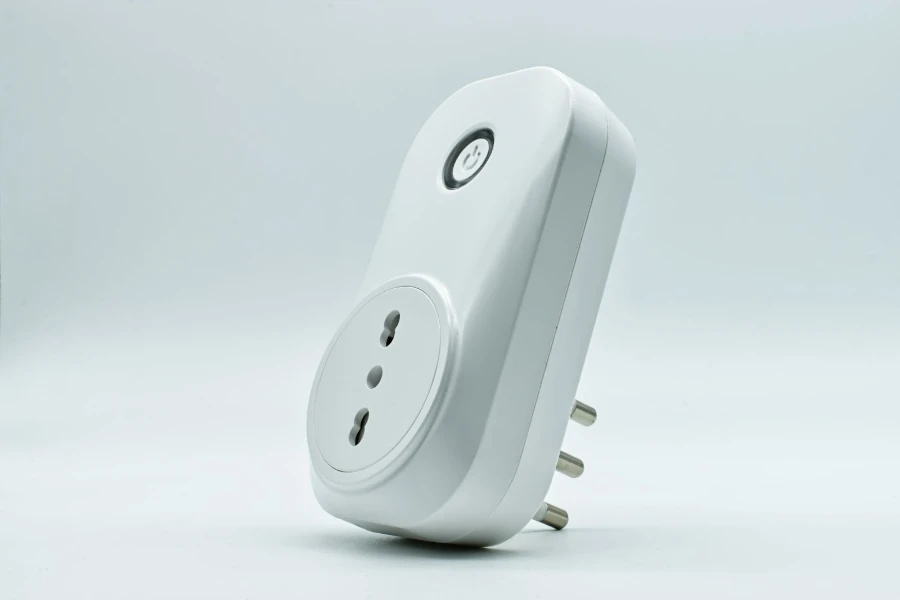
Key markets and emerging players:
The smart plug market has witnessed a surge in demand across various regions. North America, particularly, has been at the forefront, with the market size valued at USD 218.1 Mn in 2021 and projected to reach a staggering USD 2461 Mn by 2030. However, emerging markets in Asia-Pacific and Europe are also showing promising growth trajectories, driven by increasing consumer awareness and the adoption of smart home technologies.
Cultural and infrastructural factors:
Regional preferences are influenced by a mix of cultural and infrastructural factors. In North America, the emphasis on energy conservation and the widespread adoption of smart home ecosystems have driven demand. In contrast, in emerging markets, the growth can be attributed to rising disposable incomes, urbanization, and a keen interest in tech-driven lifestyles.
Consumer feedback and reviews
Understanding consumer sentiments:
For online retailers, it’s essential to keep a pulse on what consumers are saying about top products. Feedback, especially from platforms like Amazon and Best Buy, provides invaluable insights into product performance, reliability, and areas of improvement. Leveraging this feedback can help retailers curate a selection that resonates with consumer needs and preferences.
Future trends and predictions
Innovations on the horizon:
The smart plug industry is poised for further innovation. With the introduction of standards like Matter, the focus will shift towards creating products that offer even greater compatibility and seamless integration across various platforms and devices.
Predicted market dynamics:
As the industry evolves, we can expect a shift in consumer behavior. The emphasis will likely be on products that offer enhanced security features, energy-saving capabilities, and integration with emerging smart home technologies. Retailers need to stay ahead of these trends to cater to the ever-evolving consumer demands.
Conclusion
The smart plug industry, with its rapid advancements and growing consumer demand, presents a plethora of opportunities for online retailers. By understanding regional market dynamics, keeping abreast of consumer feedback, and anticipating future trends, retailers can position themselves strategically in this competitive market. As 2023 unfolds, the emphasis will be on offering products that not only meet but exceed consumer expectations, ensuring sustained growth and success in the smart plug domain.
